
Edgar A Samaniego P
@esamaniego
Endovascular Neurosurgery
ID: 21065892
17-02-2009 05:04:44
615 Tweet
1,1K Followers
654 Following
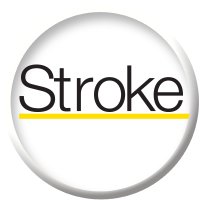
#ISC25 Session Report: #BloggingStroke contributor Brian Villafuerte Trisolini shares highlights from session "Best Interventions vs. Conservative Management for Unruptured Brain Aneurysms: Assessing the Risks and Benefits." #stroke #AHAJournals Edgar A Samaniego P ahajournals.org/do/10.1161/blo…

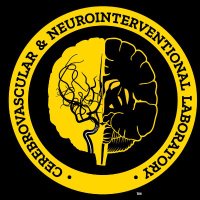
🚨BREAKING: University of Iowa Health Care & Cooper University Health Care secure major The Patient-Centered Outcomes Research Institute funding to launch the DIRECT trial—a landmark study comparing stroke triage strategies led by Dr. Santiago Ortega-Gutiérrez and Dr. Tudor Jovin! 🧠 Thrombectomy is lifesaving for large

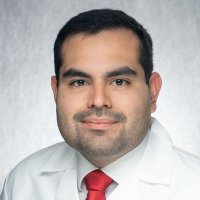
Visual assessment of aneurysm wall enhancement is prone to variability. Objective quantification provides a reliable approach, especially for large or multiple aneurysms Edgar A Samaniego P Iowa Vascular University of Iowa Radiology AJNR ajnr.org/content/early/…
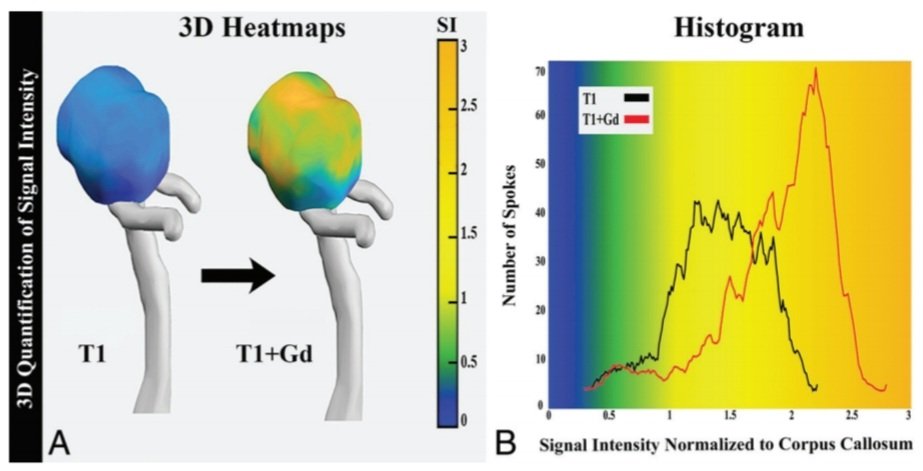



Initial multicenter experience using a super large bore catheter in large vessel occlusions. Check out our latest study! Edgar A Samaniego P Iowa Vascular Cerebrovascular & Neurointerventional Lab JNIS jnis.bmj.com/content/early/…

"There Is Poor Agreement between the Subjective and Quantitative Adjudication of Aneurysm Wall Enhancement" doi.org/10.3174/ajnr.A… Edgar A Samaniego P; Carlos Dier; Iowa Vascular; University of Iowa Radiology; Sultan Al-Hajahjeh, MD; Sebastián Sánchez; Andres Gudiño; Elena Sagüés; Fer Avalos


Edgar A Samaniego P Carlos Dier Iowa Vascular University of Iowa Radiology Sultan Al-Hajahjeh, MD Sebastián Sánchez Andres Gudiño Elena Sagüés Fer Avalos "Subjective adjudication of AWE in saccular aneurysms is prone to bias and interreader variability. Objectively quantifying the SI of the aneurysm wall can improve AWE assessment. A 3D AWE method can be particularly useful for evaluating patients with multiple and larger


Check our latest publication on flow diverters for posterior circulation aneurysm. 🧠 A 🧵by Anderson Brito Iowa Vascular University of Iowa Neurosurgery Mario Zanaty Edgar A Samaniego P Milagros Galecio-Castillo, MD University of Iowa Health Care doi.org/10.1136/jnis-2…


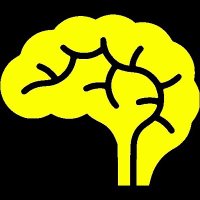
It was a great pleasure to host Dr. Albers for Grand Rounds. We were truly honored to welcome one of the giants in stroke care and research to Iowa City. Edgar A Samaniego P RapidAI University of Iowa University of Iowa Radiology

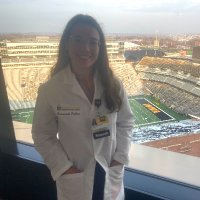
Check out our publication in JNS! Combining clinical data, aneurysm morphology, and wall enhancement metrics improves detection of symptomatic aneurysms, highlighting the potential of neuroimaging markers for personalized triage. Iowa Vascular Edgar A Samaniego P thejns.org/view/journals/…

The effect of aspirin on aneurysm wall enhancement: A study in rabbits and humans Edgar A Samaniego P journals.sagepub.com/doi/abs/10.117…

Hemodynamic analysis of thrombosed intracranial aneurysms may offer valuable insights surrounding the mechanism of intrasaccular thrombosis. Check out our latest study! Edgar A Samaniego P Iowa Vascular Iowa Neurology link.springer.com/article/10.100…

"Mechanical thrombectomy saves lives—but only if patients can reach it in time. That’s why SVIN is committed to advancing stroke systems of care globally and making this lifesaving treatment a standard, not a luxury" forbes.com/sites/milletie… University of Iowa UIowa Research SVIN

🚨 Big news from the lab! Our Director, Dr. Ortega, was interviewed by VJ Neurology to highlight two major advances in stroke care: 1️⃣ AI that detects large vessel occlusion + estimates infarct volume using only a plain CT. 2️⃣ A triage algorithm from the MAP Stroke Study that
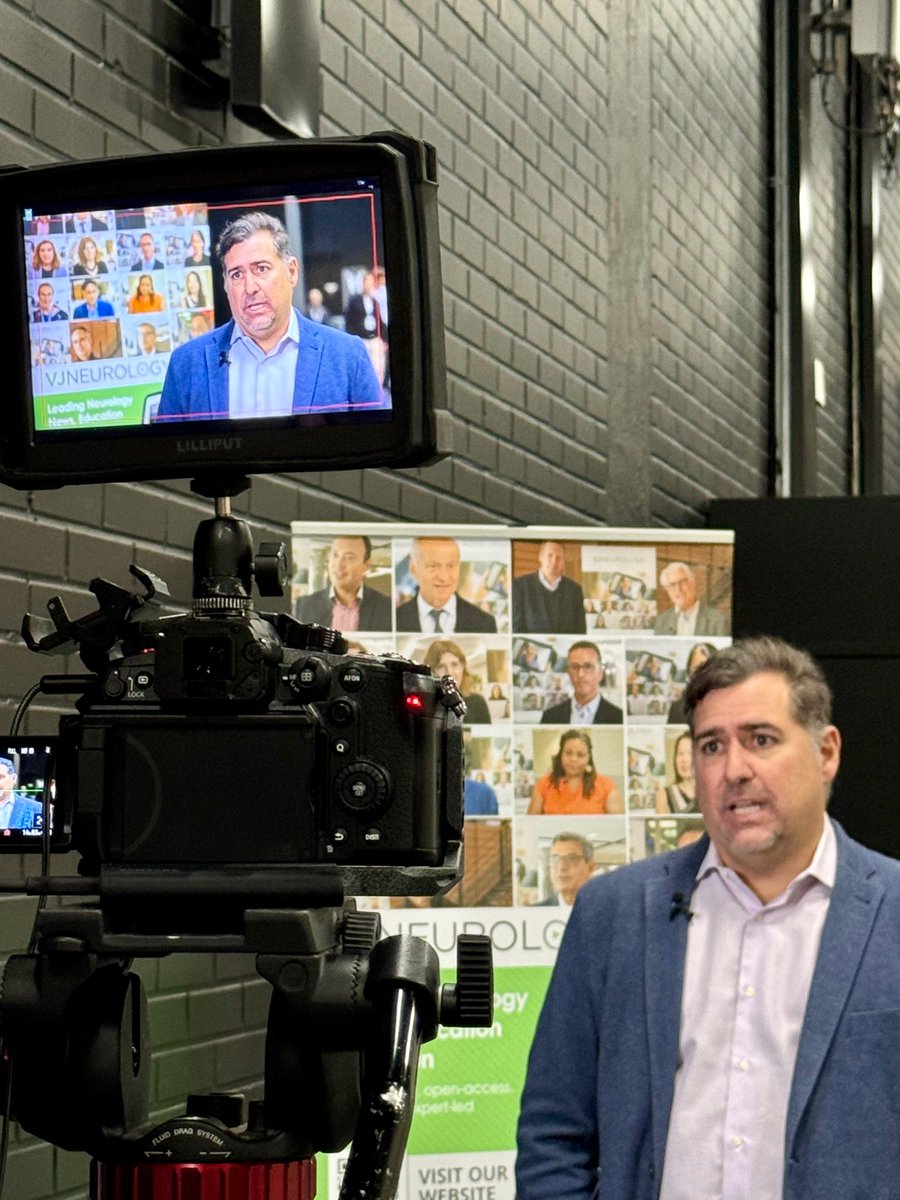

Thanh Nguyen 🇺🇦 Guilherme Dabus, MD Osama Zaidat MD Ameer E. Hassan Dileep R. Yavagal Jane Khalife IL Johanna T. Fifi, MD Gabor Toth, MD Pascal Jabbour MD, FAANS, FACS, FAHA David S Liebeskind Cerebrovascular & Neurointerventional Lab Albert Yoo priyank khandelwal Dan Tonetti Edgar A Samaniego P @uofuneurosurg Michael Lang ANSAAR RAI Alhamza R. Al-Bayati, MD Hamza Shaikh, MD

Please join us for the upcoming journal club at SNIS Info talking about the initial multicentric experience using a super large bore catheter for mechanical thrombectomy in large vessel occlusions published in JNIS ! Iowa Vascular Edgar A Samaniego P

